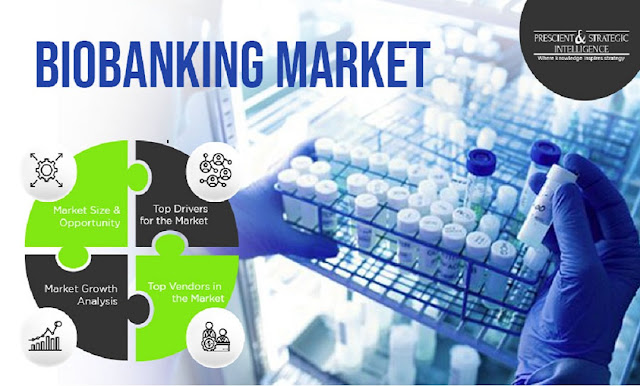Medical research is an important thing, which is to be done in order to develop advancements. If we talk about the word, biobank, it is a tool for enhancing scientific research.
To define biobanking in layman terms, it is a procedure of collecting samples from individuals with a motive of using the same in research. In this blog, we will discuss about some of the key aspects of biobanking.
Collection of Samples
Biobanking not only collect blood; info from participants is also collected. This data comprises weight, age, blood type, and other medical conditions. This is confidential and protected by biobanking. The people handling the data collection or interacting with it, protect it as directed by the law. Collection of samples is different across different biobanks and eventually rest on the resolve of the biobank.
Biobanking allows researchers to save effort and time needed for finding participants for a study. Since the data is available at one place, it can be researched anytime, making biobanking convenient and decreasing the time taken in research.
What are the Benefits of Biobanking?
More than a few parties make use of biobanking for educational purposes., Hospitals, research facilities, universities and centers for specific diseases use biobanking.
It helps people gain an insight into the effect that DNA has on the health of an individual. Research employing biobanking also supports in the study of incurable ailments for example Alzheimer’s. Finding a cure might be indefinite, but the more we can study these ailments, the more understanding we advance into their characteristics.
Length of Time
Dependent on the study performed, participants might be asked for sample collection or diverse samples collected over time. Participants can agree beforehand and can even stop participating in further stages of the biobanking if they wish to. Sometimes, people donate their bodies for research after death that are cryogenically frozen.
Source of Funding
Biobanks can be funded by medical authorities or public sectors. The funding supports the parties access medical apparatus for collecting and storing samples competently for prolonged periods. The better the funding a biobank obtains, the more competent can be sample collection and storage procedure.
Tech-Advancements
As tech progression occurs in the medical industry, many biobanks are facilitated with the use of AI. This supports to gain insights into the data collected with speed and ease.
The usage of artificial intelligence will become more conservative with time, which will let researchers to employ the samples in biobanking for numerous research purposes.
Biological samples are required to be stored and handled carefully and in ideal circumstances so as not to damage them.
Changes in temperatures in storage facilities can have an effect on their state too. With some biobanks storing samples for numerous years, it’s imperative to guarantee they don’t decline.
Lab freezers are vital for storing samples employed in biobanking. For this purpose, the laboratory facilities involved in biobanking should guarantee the apparatus, as well as the lab freezers they are putting to use, has been medically graded. The apparatus used should preferably abiding by the international standards.
It is because of the growing occurrence of chronic diseases, the demand for biobanks will continue to increase in the future.







0 Comments